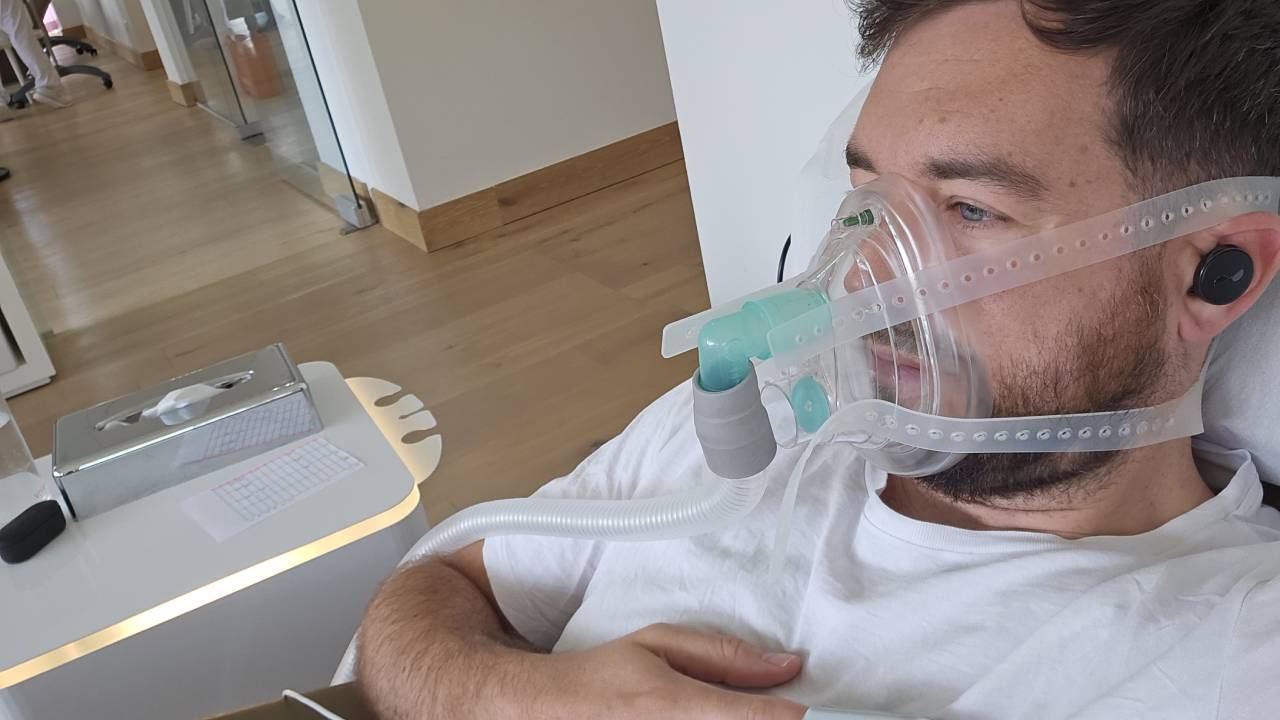
Gut health is underrated.
These days, too many people associate being healthy with weight loss and put themselves on strict diets that involve counting calories and cutting out all carbs to make less of an impact on the scales, assuming it’s the key to healthy living.
But how you eat can be just as important as what you eat, and what you eat is way more important than how much. All these things have a profound impact on the gut, which is full of trillions of bacteria, viruses, and fungi, collectively known as the microbiome. While some bacteria are associated with disease, others are actually needed to ensure a strong immune system, healthy heart and many other aspects of health.
Don’t just take my word for it. As of late, an increasing number of scientists have come forward with research that proves our digestive system is a great focal point for solving many of our health concerns, with some going as far as saying the gut is our “second brain”.
Take Giulia Enders, for instance, a doctor and author of the book Gut: The Inside Story of Our Body’s Most Under-rated Organ. Enders talks extensively about how we are only just discovering how much the gut has to offer, referencing fresh research about gut bacteria and its role in everything from obesity to allergies and even Alzheimer’s.
But what does this mean for our diets? And how can these findings about the importance of gut health be put to use, in a practical way?
Introducing MayrLife: Modern Mayr Medicine
One principle that champions the digestive system and focuses on gut-centric dietary methods is Modern Mayr Medicine. Proclaimed as a “cure” rather than a diet, this approach was created nearly 120 years ago by an Austrian physician named Dr Franz Mayr.
Mayr used traditional diagnostics and therapies to link good gut health to overall health. In doing so, he founded the FX Mayr Cure, a somewhat holistic health program that assumes we can "become healthy, happy, and more efficient" by temporarily changing our normal diet. With the FX Mayr cure, patients would bring their digestion closer to its “ideal condition” via the three principles of rest, training and cleansing. In doing so, they’d reduce their health problems, cure ailments and prevent further illness.
It wasn’t until the early 2000s that a general practitioner called Dr Harald Stossier and his partner Dr Christine Stossier, a specialist in holistic medicine – who already celebrated Dr Mayr’s efforts – brought the method into the modern world. They did so in the form of a clinic called Vivamayr, which was established in 2004 in Maria Wörth, Austria.



Building on the principles and techniques developed by Dr Mayr, they created a contemporary approach to Mayr Medicine, combining its traditional principles with modern medical knowledge, scientific advancements and cutting-edge diagnostic tools, making it more accessible to a wider audience. The goal? To help people understand more about their bodies and improve their overall health and wellness.
Over the years, the Vivamayr brand was expanded to several clinics and gained notable popularity, attracting guests from around the world – not only for its beautiful surroundings but for the positive results patients report to have experienced. Better skin, weight loss, reduced bloating, and better sleep, to name a few. It’s also become known for its celebrity following, including Rebel Wilson (who I actually happened to bump into a few times during my visit!).
But what’s it like at a Vivamayr clinic? What does it consist of? And do these gut-focused, innovative treatments really work? I visited the recently rebranded, former Vivamayr clinic MayrLife in Altaussee, to find out.
The Mayr Mission
As a guest of MayrLife, your mission, generally, is to reset your digestion. By doing so, you’re told you’ll boost your health. As some might assume, the goal here isn’t to lose weight. This is something you’re strongly communicated by a doctor, which you’re assigned upon arrival.
It’s through this very doctor that you’re introduced to the Mayr cure, which you’re encouraged to follow from the get-go, somewhat intensely, in the form of a detox program. This includes a personalised diet as well as an array of prescribed medicines, supplements and treatments.
The clinic has also been designed to ensure your time there is as relaxing as possible. And this begins before you even step foot on the premises. The journey from the airport alone is epic enough to put you in a state of relaxation. Surrounded by towering mountains, vast lakes and deep valleys, you really do feel like you’re a million miles away from everything you know and this really does help to prepare you for what’s to come.
Your experience at the clinic comes down to your schedule, which is determined on the back of a number of assessments – from blood tests to urine samples – that help to give your doctor an insight into the current state of your health.
One of the first fundamental assessments you’ll undergo is Applied Kinesiology (AK), as it’s what a lot of your prescribed diet will be based on. Delivered via a muscle function test, this therapy aims to uncover any negative factors affecting the body, such as allergies or indigestible substances, by testing the reaction of a muscle when you’re exposed to certain foods on the tongue.
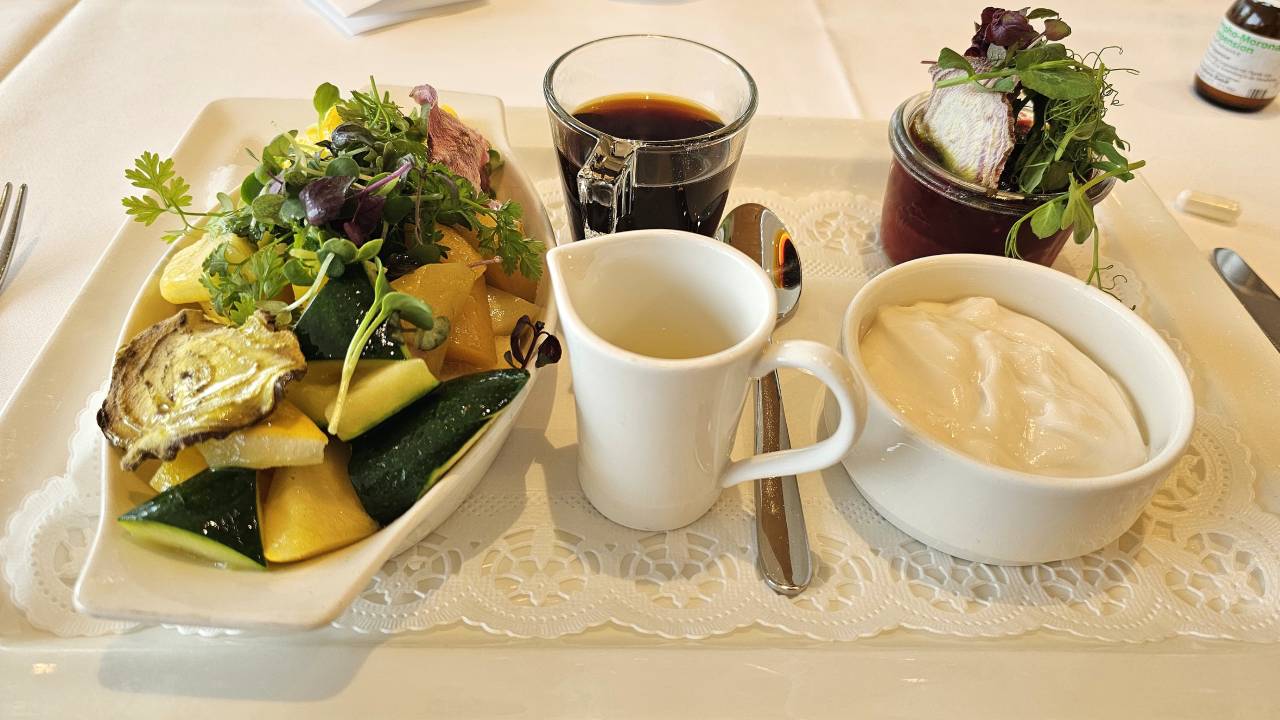
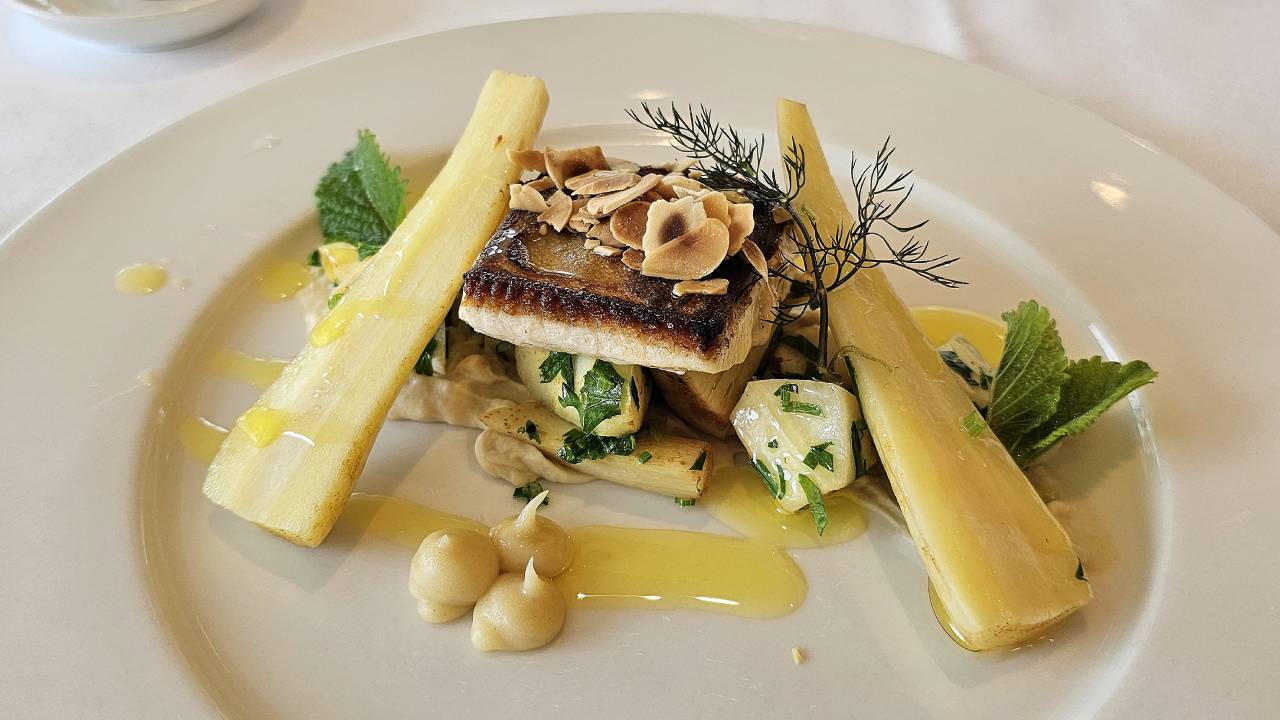
I’ll admit, I was dubious. While I’m a firm believer in holistic therapy, this just felt a little far-fetched, that a doctor could diagnose my food intolerances by testing how strongly I could resist when she applied force against my leg muscle immediately after sampling a food item. Initially, I was doubtful, but as I sampled different foods – be it milk, gluten, potato, etc – I found that the produce my doctor felt my muscle was weakest against were items I, generally, didn’t feel great after eating. Eggs being one. It wasn’t until she confirmed my sensitivity to caffeine, stating we had perhaps found my “kryptonite”, that I was convinced this was a valuable exercise after all.
Once your doctor has a clear, all-rounded vision of your health, nutrition and any grievances/ailments you might have, and your intolerances are determined, a personalised schedule is put together. What’s more, everyone that goes to MayrLife will get a different course of treatment since the cure is not a one-size-fits-all kind of program.
The health professionals at the clinic recommend that the program should be followed for at least a week, so I spent seven nights there. This involved seeing my doctor on a daily basis to check how I was getting on with the detox and analyse any of the results from the various treatments during my stay.
At first, the program can seem a little intimidating. Here are some of the basic Mayr detox ‘rules’ (and their benefits), for example:
- Being subscribed to a specific eating routine, which includes larger meals in the morning, no snacks between meals and chewing your food 40 times (so that your gut can properly digest the nutrients)
- Taking Epsom salts first thing when waking up to flush the system
- Not consuming any raw fruit or veg after lunch to reduce fermentation in the stomach later at night, which can cause bloating
- Fasting in the evening by replacing dinner with a light veg broth to give the gut time to rest and clean itself between meals and so your body burns stored fat as opposed to glucose from food
- Treating meal times like meditation – the clinic’s restaurant where you consume your meals is a serene space, and you’re encouraged not to talk or use any form of technology. The idea is that you focus on your meal so that you digest it in a relaxed state without interruption.
- Take daily walks about the lake outside, take advantage of the spa facilities and try to not use your mobile phone as much as possible
By eating more alkaline foods such as mostly root vegetables (among other things), I was told that I’ll not only feel good in the short term but I’ll also reduce the acidity in my body, which is responsible for inflammation – the main cause of disease. This is the main goal while visiting MayrLife: to put you in the best possible health and make your body bulletproof against potential future illnesses.
When technology and traditional methods collide
While diet is a major focus at MayrLife, it’s not the only thing you’ll find yourself doing at the clinic.
The cure program at MayrLife is complemented by a host of high-tech, innovative treatments to aid the gut-cleansing process. One of the most notable things here is how high-tech and scientific the apparatus in these treatments are, and how they are seamlessly teamed up with a diet program that was developed over 100 years ago. It shouldn’t work, but it does.
Every treatment you’re prescribed offers various benefits to complement your new diet, gut health and general detoxification goals. Take Interval Hypoxic-Hyperoxic Training (IHHT), for instance. Similar to altitude training, IHHT consists of a 45-minute treatment wearing a specialised breathing mask. Throughout the duration of the treatment, you’re fed a combination of oxygen-rich air and oxygen-reduced air in intervals. This stimulates the production of healthy mitochondria in your cells, which helps enhance your energy production and increase the concentration of red blood cells, which help oxygenate the organs.
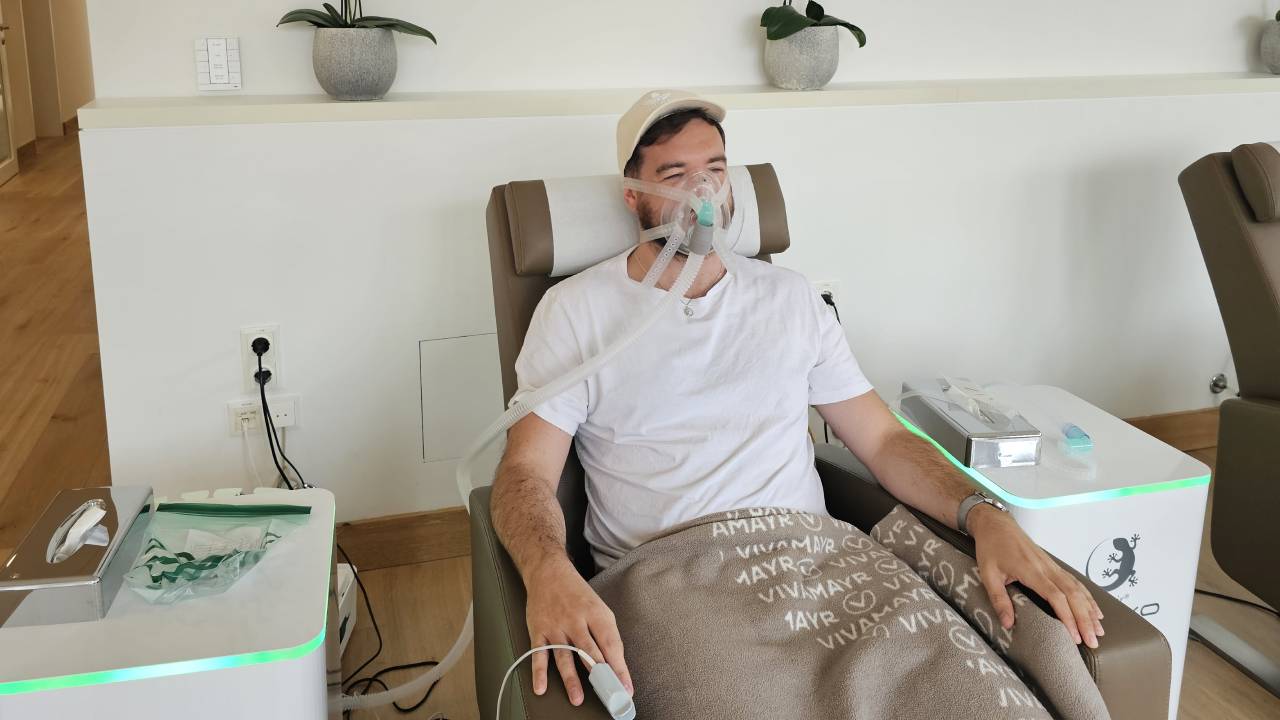
Another (quite odd) treatment worth mentioning is the clinic’s Electrolysis Foot Bath, which is said to work by pulling the toxins out of your body through your feet by ionising the water in a foot bath. It works by giving the hydrogen in the bath water a positive charge, attracting the body’s negatively charged toxins, which can then be pulled out through the soles of your feet. Although it should be said that this treatment is way more on the holistic side, as there's no scientific evidence yet to prove it actually works.
Another holistic MayrLife treatment is the Liver Compress. This method is said to be useful for supporting liver function, which aids in the overall healing process of the body. At MayrLife, they use a heated herb sack and strap it to your abdomen with several layers of cloth, right above where the liver sits. You then lay on a high-tech waterbed on top of heated mud packs, which creates a liberating floating sensation. It might sound a little far-fetched, but this is something that scientists have hypothesised could reduce the activity of the sympathetic nervous system and therefore increase hepatic blood flow, improving circulation.
These were just a few of the many different treatments I tried at MayrLife in the name of detoxification. I also experienced a handful of medical massages, colonic irrigation, cryotherapy, and body composition tests. Most were fun, some were tiring and few felt invasive or challenging, thankfully. And while you have 3-4 different treatments a day, they’re easy and (mostly) enjoyable to do, especially while knowing they’re in the name of good health.
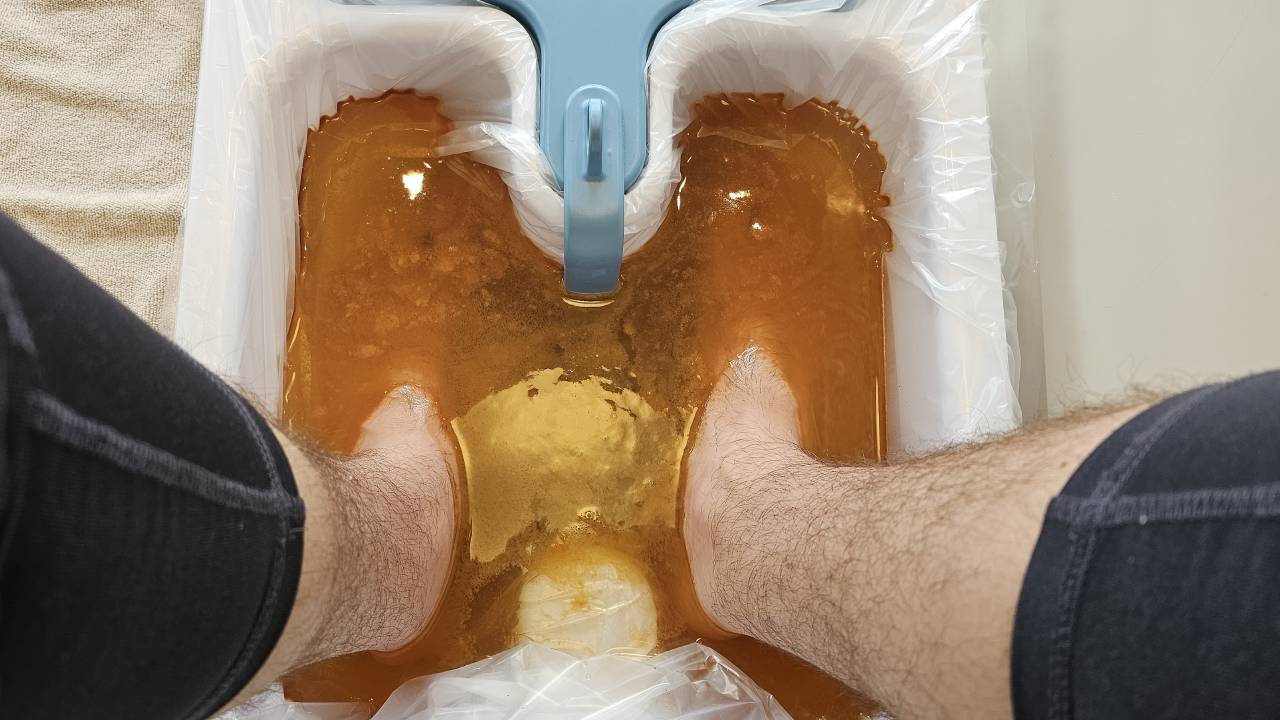
My MayrLife experience
During my seven nights at MayrLife, I followed a pretty rigorous diet and treatment schedule, including no gluten, no cow's milk, no eggs, no caffeine, no sugar, no raw fruit, and no yeast. Instead, I was prescribed lots of root vegetables, oils such as hemp seed and flax seed, and local organic animal produce such as goat’s cheese and freshwater fish. It might sound intense – and for the first few days it certainly feels that way, especially while you adjust – but after the sugar cravings dissipate and the tiredness and headaches from withdrawal lift, you feel on top of the world.
I’d always thought I was more of a night owl. But since I was fasting in the evening and having larger meals in the day, I was ready for bed by 9pm, which is definitely not a normal occurrence for me. I was waking up naturally at 6am, feeling refreshed and ready for the day (and my breakfast, of course).
By the end of my week-long stay at MayrLife, I’d not only lost 5kg but my vitals were showing my body was in a state of ketosis – the metabolic state that occurs when your body burns fat for energy instead of glucose. My acidity levels were down, too, and my blood tests showed that my body’s resistance to free radical damage was extremely strong.
While the results on paper were satisfying to see, they were nothing compared to how I felt in my mind and body. I had great energy levels and found it much easier to get off to sleep come nighttime, for the first time in a long time. Anxiety levels were at an all-time low, and I generally felt less stressed, too. Many of the little aches and pains I felt from time to time, such as my tennis elbow from too much squash playing, had been relieved. It was nothing short of remarkable to feel this way.
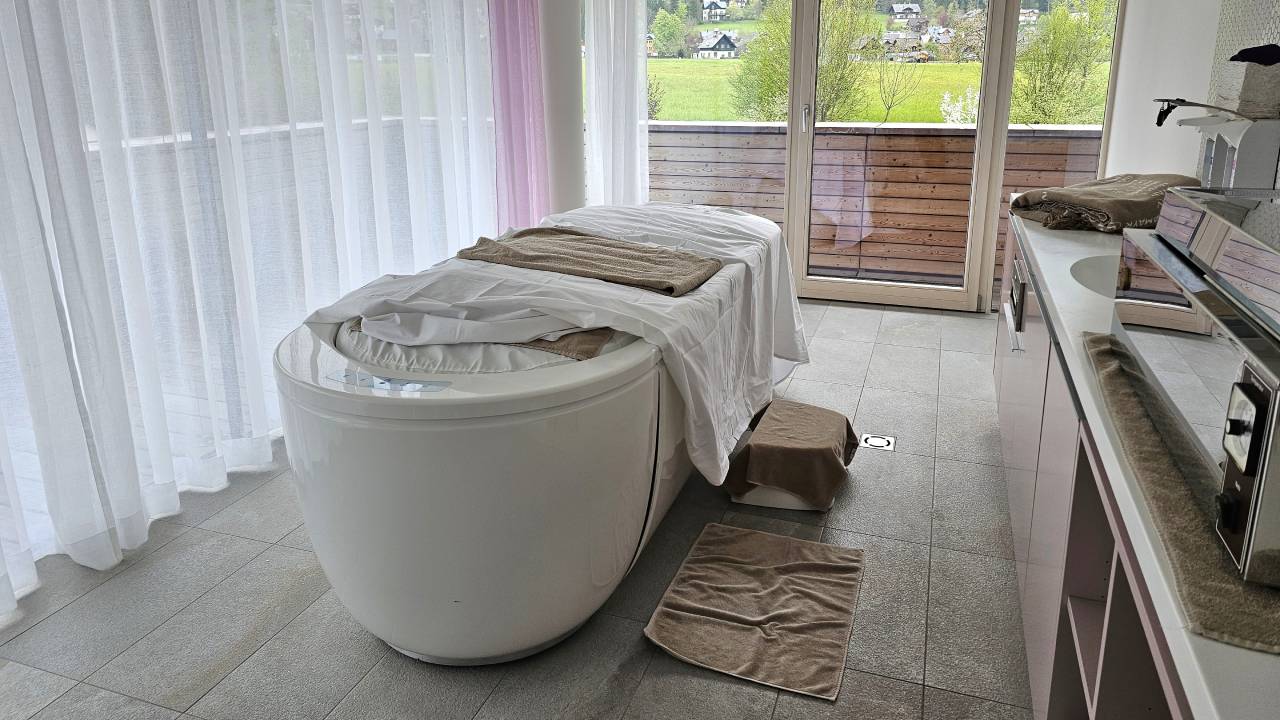
Final thoughts
When I tell people what I experienced during my time at MayrLife, the first thing they always say is “great but it’s not really sustainable long term”. And yes, I agree; this detox isn’t something you can do in its entirety on a permanent basis. But that’s not the point. Going to MayrLife is like hitting the reset button. It helps you get your health back on track when you’ve lost your way and once you’re in the swing of it, the people there help you figure out how you can implement what you’ve learned into your everyday life in a realistic way. This all helps you to activate the healthy habits you know you should and want to have but simply can’t because… life.
Upon returning home, I was advised to continue my prescribed diet as closely as possible for another 21 days. You’re able to purchase some of the food items from the clinic’s restaurant to help you with that alongside a recipe book and you can take home the medication your doctor prescribes you. You also have an appointment with a nutritionist before you go home, who gives advice on how best to implement your new diet into normal life. While I wasn’t able to follow it perfectly due to limitations on what’s available in my local supermarket, I did stick to it as best I could (with the exception of a friend’s birthday party on day 15, whoops).
It’s around the two-week mark that you really start seeing a difference in your body, which only motivates you to continue. After the 21 days were up, I was feeling better than ever, and a weigh-in revealed I’d lost a total of 12kg. While I’m aware weight isn’t a good indicator of health and I don’t quantify the success of my trip by weight loss, I think it’s important to note, especially in a world where most people measure health by what’s on the scales.
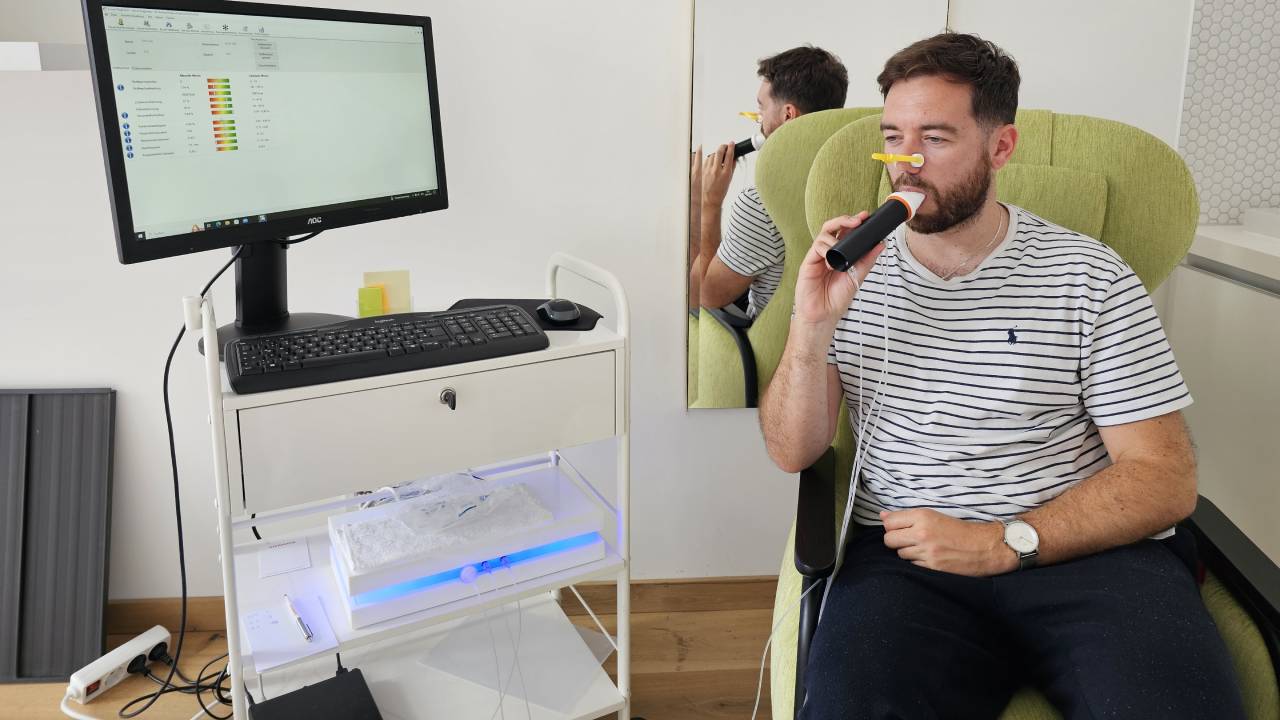
Despite my best efforts to eat healthy before going to MayrLife, I’d not been able to get anywhere near my “ideal weight” for several years. And since I’d undertaken so many tests and treatments during my time at the clinic, I knew my goal wasn’t really related to a number on some scales, it could be quantified in other healthier ways, such as the vibrancy of my skin, or how my bloating had reduced significantly.
I also felt good mentally. My mind was razor sharp in comparison to the on-and-off days of cloudiness I was used to, and I just felt much lighter and agile; like I could take on anything. By focusing on what I was putting in my gut, as opposed to the calorific content of the foods I was consuming at meal times, I’d not only lost weight, but I felt more in tune with my body and like I’d really turned my health around.
In a world where our health is usually judged by the way we look – from six-packs on social media to tummy tucks on TV – it was refreshing to take on a detox program where success is determined by how we feel physically and mentally. And, if you ask me, there’s no better incentive for improving your health than feeling better than you have in a long time.
For more gut advice, take a look at 5 ways to support your gut health and our Symprove experience.







